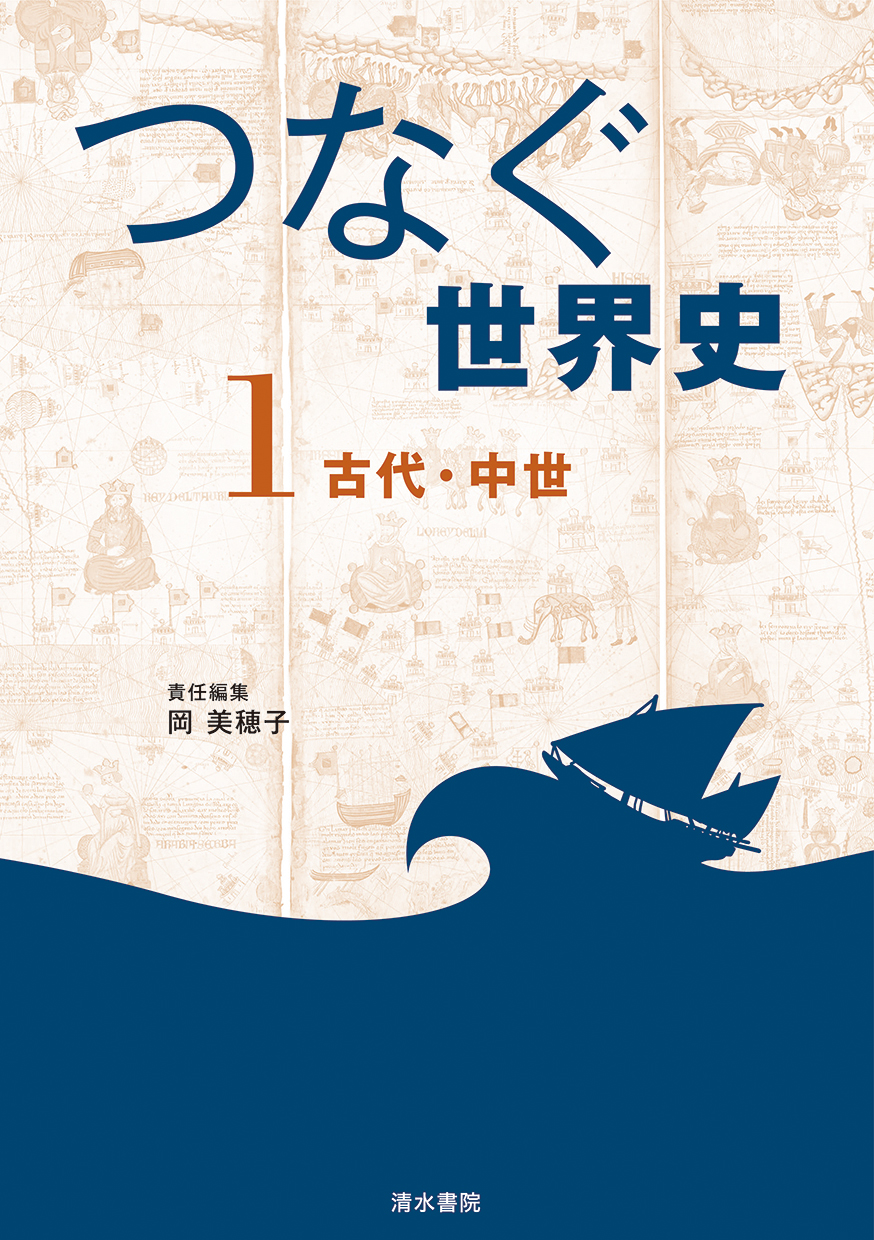
Title
Shiryo to Toi kara Kangaeru Rekishisogo (Historical Sources and Questions for “Modern and Contemporary History” - Teacher’s Guide to Facilitate Deep Learning)
Size
224 pages, B5 format
Language
Japanese
Released
March, 2022
ISBN
978-4-8343-2104-3
Published by
Hamajima Shoten
Book Info
See Book Availability at Library
Japanese Page
“Modern and Contemporary History,” introduced in April 2022, is a compulsory subject in Japanese high schools. It integrates Japanese and world history and is based not on a conventional general history but on a thematically structured historical narrative. The subject comprises four parts: the first is “Introduction to History,” in which students learn what history is, what historical sources and materials are, and how to pose subject-relevant questions; the subsequent three parts are thematically structured under “modernization,” “changes in the international order and popularization,” and “globalization.” In the class, students are expected to develop skills to understand historical sources and materials, express their own interest in history as “questions,” compare and relate historical events based on their acquired knowledge, and apply their historical learning to address the various challenges facing the world today.
The goal of “Modern and Contemporary History” is to improve students’ historical thinking based on historical sources and materials. However, for how long must teachers prepare the necessary volume of materials for their classes? This book is a collection of historical sources and materials that teachers can use in the classroom daily. In addition to primary sources in the form of texts, paintings, and photos, the book includes graphs, tables, and flow charts. With this book, teachers will have at hand all the necessary materials for their classes. The included historical sources and materials were chosen in compliance with both the National Curriculum Standards and the commentary on these standards, and therefore, teachers can use the sources and materials, in the presented order, with ease in their classes.
Materials necessary for class can be obtained from various sources, including textbooks, student reference books, and collections of primary sources; such materials, however, cannot be used directly in the classroom. In “Modern and Contemporary History” classes, students are expected to read and analyze historical sources and materials; furthermore, teachers are required to formulate appropriate questions that will guide the students in understanding those materials step by step. Therefore, to that end, all the historical sources and materials in this book are accompanied by questions and answers that provide clues for reading and comprehension; the materials and questions can be directly used in class or freely combined with those from other sources.
The introduction of “Modern and Contemporary History” represents a significant turning point in the development of Japanese history education. Many people may sympathize with the idea of shifting from knowledge-based education to history education that attempts to improve historical thinking, and from teacher-centered one-way teaching to interactive lessons in which students participate proactively; however, considering that such a novel approach deviates significantly from conventional history instruction, many teachers may struggle to conduct a class. We therefore hope that this book is of some help to teachers who want to develop their teaching method for the new and ambitious subject of “Modern and Contemporary History.”
(Written by KAWAKITA Atsuko, Professor, Graduate School of Arts and Sciences / 2022)



 Find a book
Find a book




